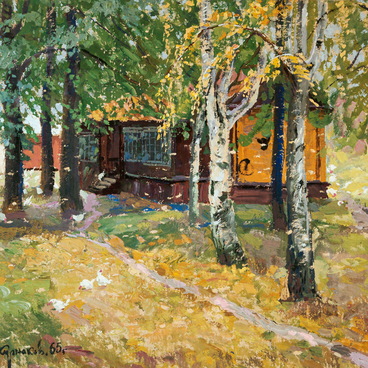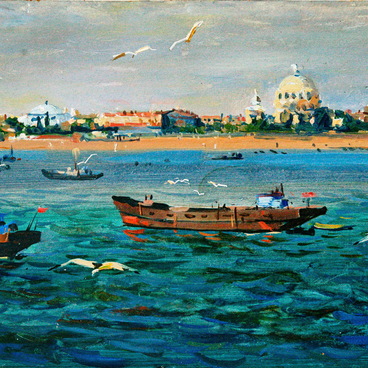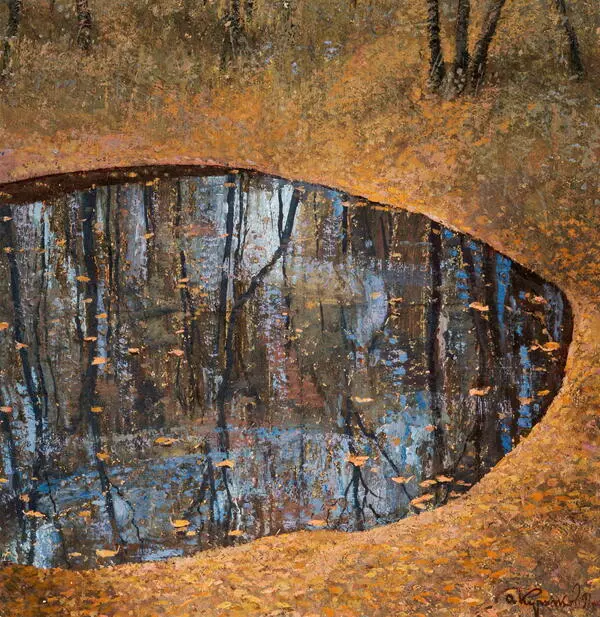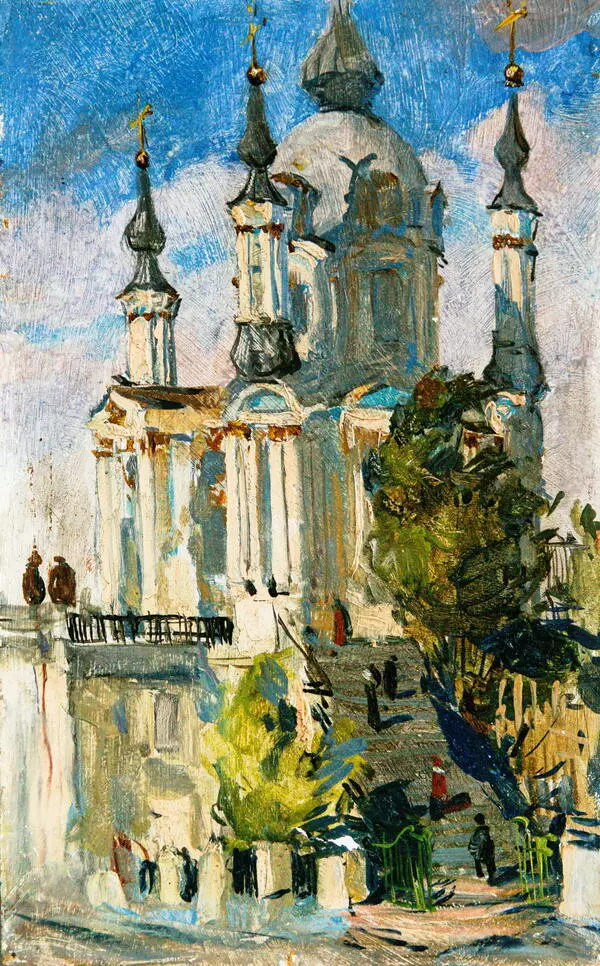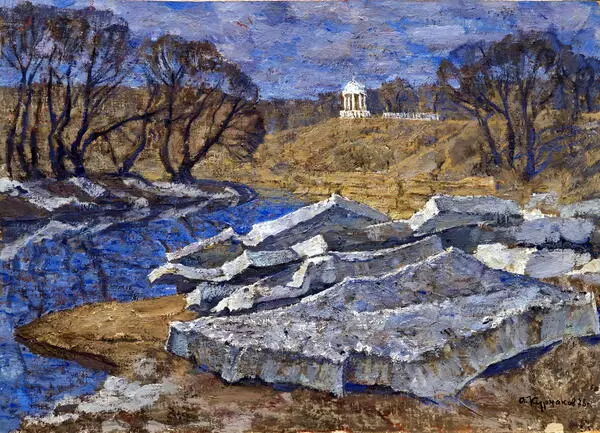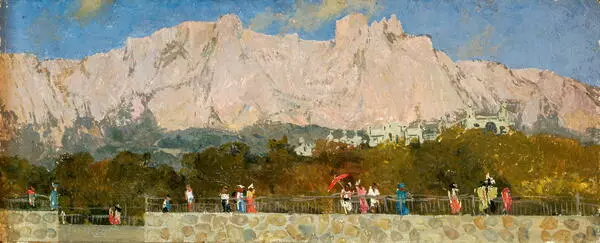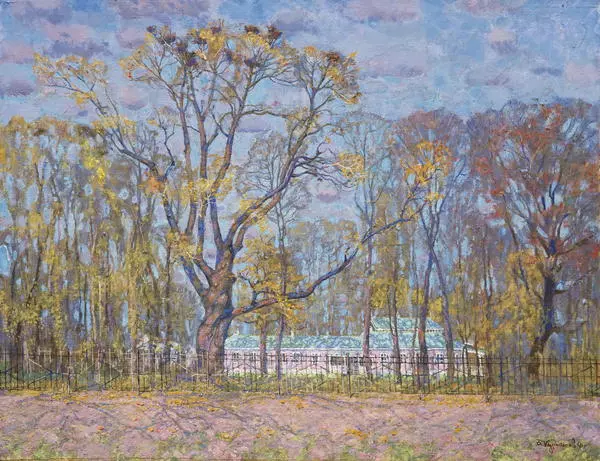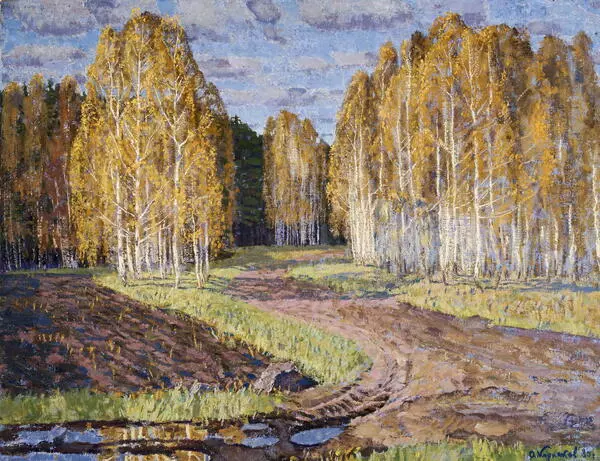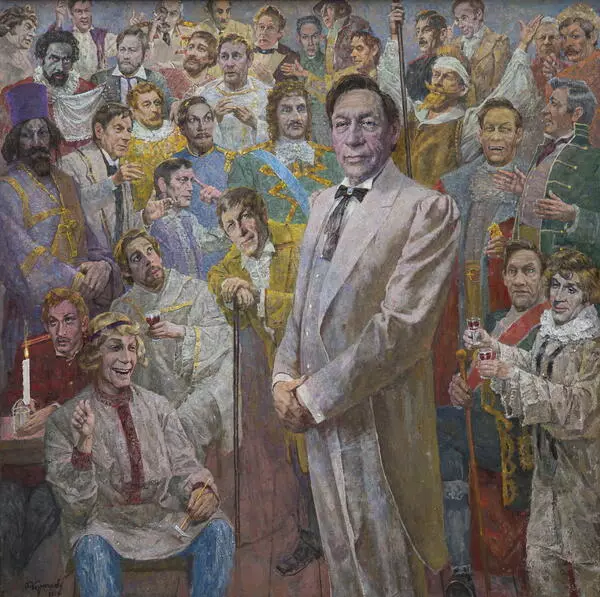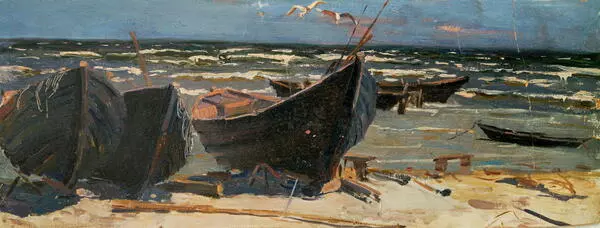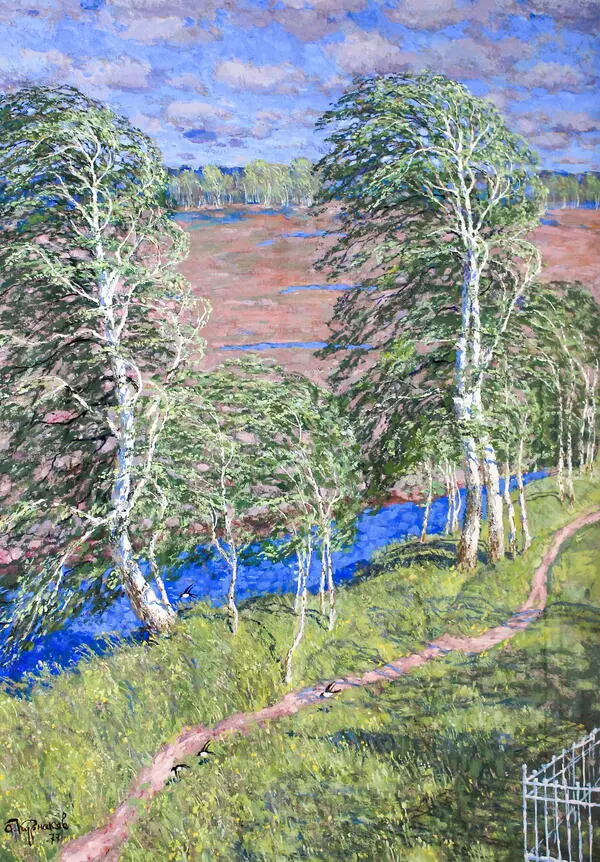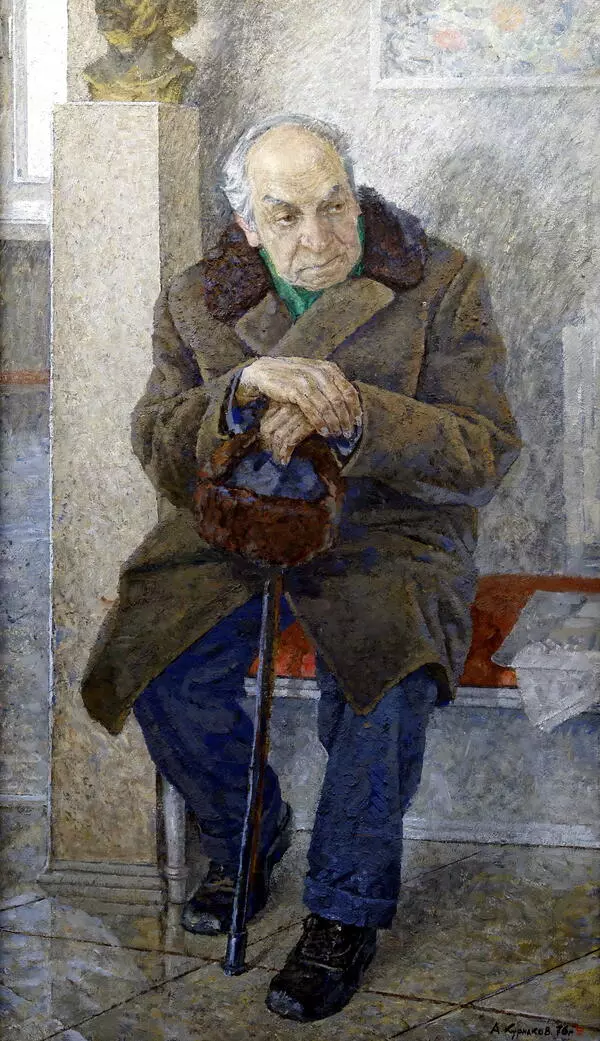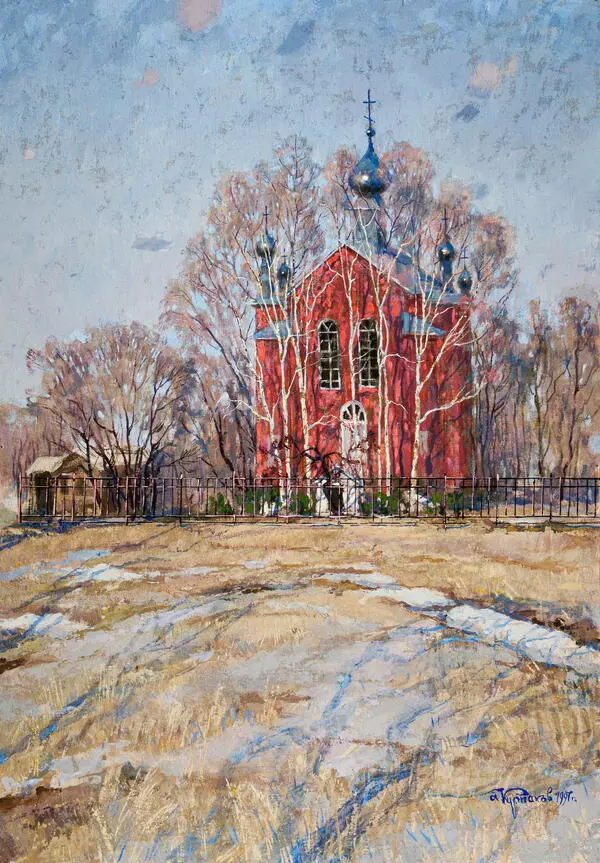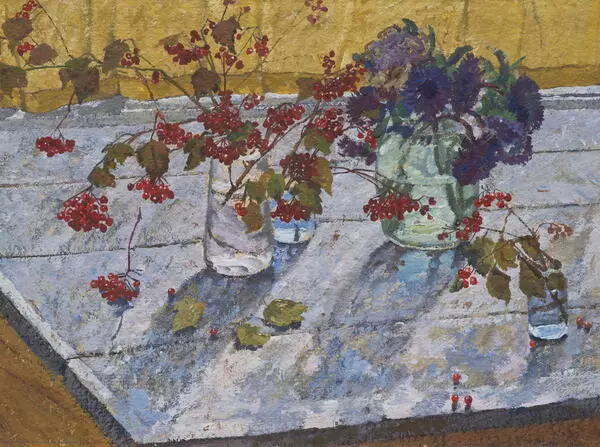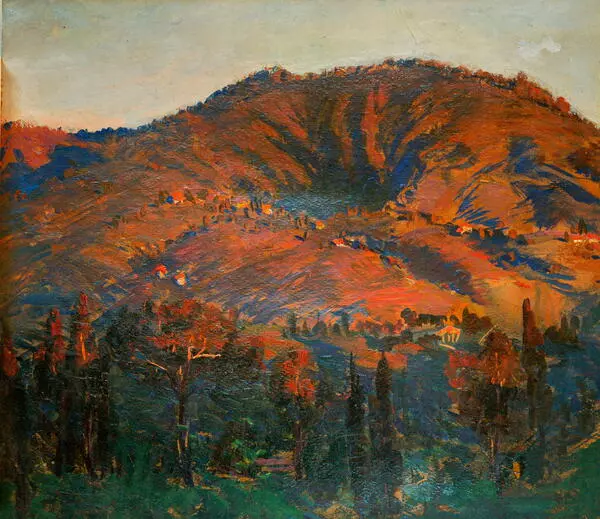The village of Kisharino in Tver Oblast is located not far from Vyshny Volochyok on the banks of Lake Mstino. Together with the nearby villages of Bolshoy Gorodok, Maliy Gorodok, Valentinovka, and others, it is an integral part of the so-called Akademicheskaya Dacha — the residence for many members of the Russian art community.
Akademicheskaya Dacha was founded in the late 19th century as a dwelling and place of summer practice for poor students of the Imperial Academy of Arts. A major contribution to the organization and improvement of this institution is attributed to the outstanding Russian painter Ilya Repin. The project was financed by the industrialist and philanthropist Vasily Kokorev, whose estate was located on the other side of the Msta River.
Kokorev also provided the means for building an octagonal pavilion, decorated with cutout and flat carvings, on the territory of the dacha. It became the artistic center of Akademicheskaya Dacha. The construction was led by the architect Vasily Kenel, known for his project of the Circus Ciniselli in Saint Petersburg.
Before the Russian Revolution, this place attracted Isaak Levitan, Valentin Serov, Nicholas Roerich, Viktor Vasnetsov, Arkhip Kuindzhi, and other artists. After 1917, the dacha hosted a pioneer camp for over thirty years. Then the estate was given back to painters. Andrey Kurnakov was among them: he painted at Akademicheskaya Dacha named after Repin from the mid-20th century. The creative atmosphere of this place helped preserve the traditions of Russian realism, which originated in the 19th century.
One of the sketches, made by Kurnakov at Akademicheskaya Dacha, is the small-scale lyrical landscape called “Winter in Kisharino”. The artist is known for experimenting with colors: in this case, he creates the sparkling whiteness of snow using shades of pink, blue and green. The fluffy snowdrifts hide an icebound river. The snow has not yet covered the tracks that reveal the touching quietude of the village life.
The painter portrays homely places of a familiar village dear to his heart, that seem beloved, cozy, and well-kept. When painting the sky, the artist uses a wide variety of colors, creating the shimmering mother-of-pearl effect with delicate tones of beige, blue, green, and purple.
Akademicheskaya Dacha was founded in the late 19th century as a dwelling and place of summer practice for poor students of the Imperial Academy of Arts. A major contribution to the organization and improvement of this institution is attributed to the outstanding Russian painter Ilya Repin. The project was financed by the industrialist and philanthropist Vasily Kokorev, whose estate was located on the other side of the Msta River.
Kokorev also provided the means for building an octagonal pavilion, decorated with cutout and flat carvings, on the territory of the dacha. It became the artistic center of Akademicheskaya Dacha. The construction was led by the architect Vasily Kenel, known for his project of the Circus Ciniselli in Saint Petersburg.
Before the Russian Revolution, this place attracted Isaak Levitan, Valentin Serov, Nicholas Roerich, Viktor Vasnetsov, Arkhip Kuindzhi, and other artists. After 1917, the dacha hosted a pioneer camp for over thirty years. Then the estate was given back to painters. Andrey Kurnakov was among them: he painted at Akademicheskaya Dacha named after Repin from the mid-20th century. The creative atmosphere of this place helped preserve the traditions of Russian realism, which originated in the 19th century.
One of the sketches, made by Kurnakov at Akademicheskaya Dacha, is the small-scale lyrical landscape called “Winter in Kisharino”. The artist is known for experimenting with colors: in this case, he creates the sparkling whiteness of snow using shades of pink, blue and green. The fluffy snowdrifts hide an icebound river. The snow has not yet covered the tracks that reveal the touching quietude of the village life.
The painter portrays homely places of a familiar village dear to his heart, that seem beloved, cozy, and well-kept. When painting the sky, the artist uses a wide variety of colors, creating the shimmering mother-of-pearl effect with delicate tones of beige, blue, green, and purple.

